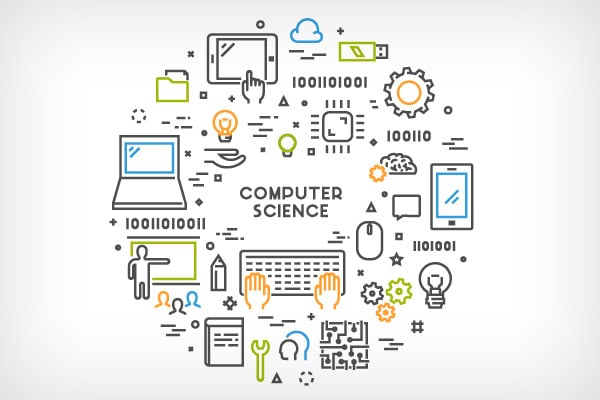The sixth-graders learning about ancient Greek vases in their classroom at John Street School looked like students in nearly any other social studies class in the country, according to an article in The 74. Wearing sweatpants and hoodies, they heard a short lesson about what the vases were used for and how they were decorated before breaking into small groups to ponder specific questions and fill out worksheets.
But behind the scenes, preparing for the lesson was anything but typical for teachers Janice Donaghy and Jean D’Aurio. They had avoided the hours of preparation the lesson might normally have taken by using artificial intelligence to craft a plan that included a summary of ancient Greek vases, exit questions and student activities.
“Classroom preparation goes from hours to seconds” when using AI, says D’Aurio. In the past, the co-teaching pair had created lesson plans by scouring the school’s literacy closet to sift through printed materials, perusing the Teachers Pay Teachers online marketplace and exploring Instagram or TikTok accounts.
For this lesson, the two consulted the county’s curriculum guide but also used Canva, a tool that automatically generated pictures of Grecian vases. The teachers turned to Diffit, another AI application, to craft a reading passage that explained the importance of vases in everyday life in ancient Greece. Diffit also created alternative versions of the text so it would be appropriate for kids reading at different levels, wrote three multiple choice questions to test comprehension and prompted students to draw pictures to show they understood the lesson’s key points. The teachers added short-answer questions that students answered on Google Classroom, and they wrapped up the multi-week lesson by having students paint a design on an actual vase.
Teachers average about eight to 10 hours a week planning and doing administrative work, says Amanda Bickerstaff, CEO and co-founder of AI for Education, a company that advises districts on how to integrate artificial intelligence into their work. AI is a great way to find efficiencies and lessen that workload, she adds.
D’Aurio said she and Donaghy are “tech nerds” who were the first in their school to experiment with the new technology, and she’s noticed more teachers getting on board “a little at a time.”
Users can also ask the technology to adapt existing text for students reading at different levels. “In one classroom, you could go from second-grade reading level to 10th grade,” Donaghy says.
The inclusion class the pair co-teach contains both general and special education students. Donaghy said AI tools can help her not only create materials that meet students’ individual learning plans, they can track their progress in a variety of areas — a huge time saving because each student can have five or more individual goals.
Bickerstaff said about 84% of people who use a smartphone or a computer interact with AI every day, often without realizing it.
John Street School librarian Paige Chambers she uses AI tools to help her find ideas for lesson plans. Because results are so quick, she adds, it’s easy to modify prompts when they don’t return what she wants.
She has uploaded YouTube videos to AI applications to get a summary of the videos’ contents as well as questions for the students to answer. The tools can also break down a lesson plan into step-by-step directions for her while offering sample projects for students to complete.
The 74





